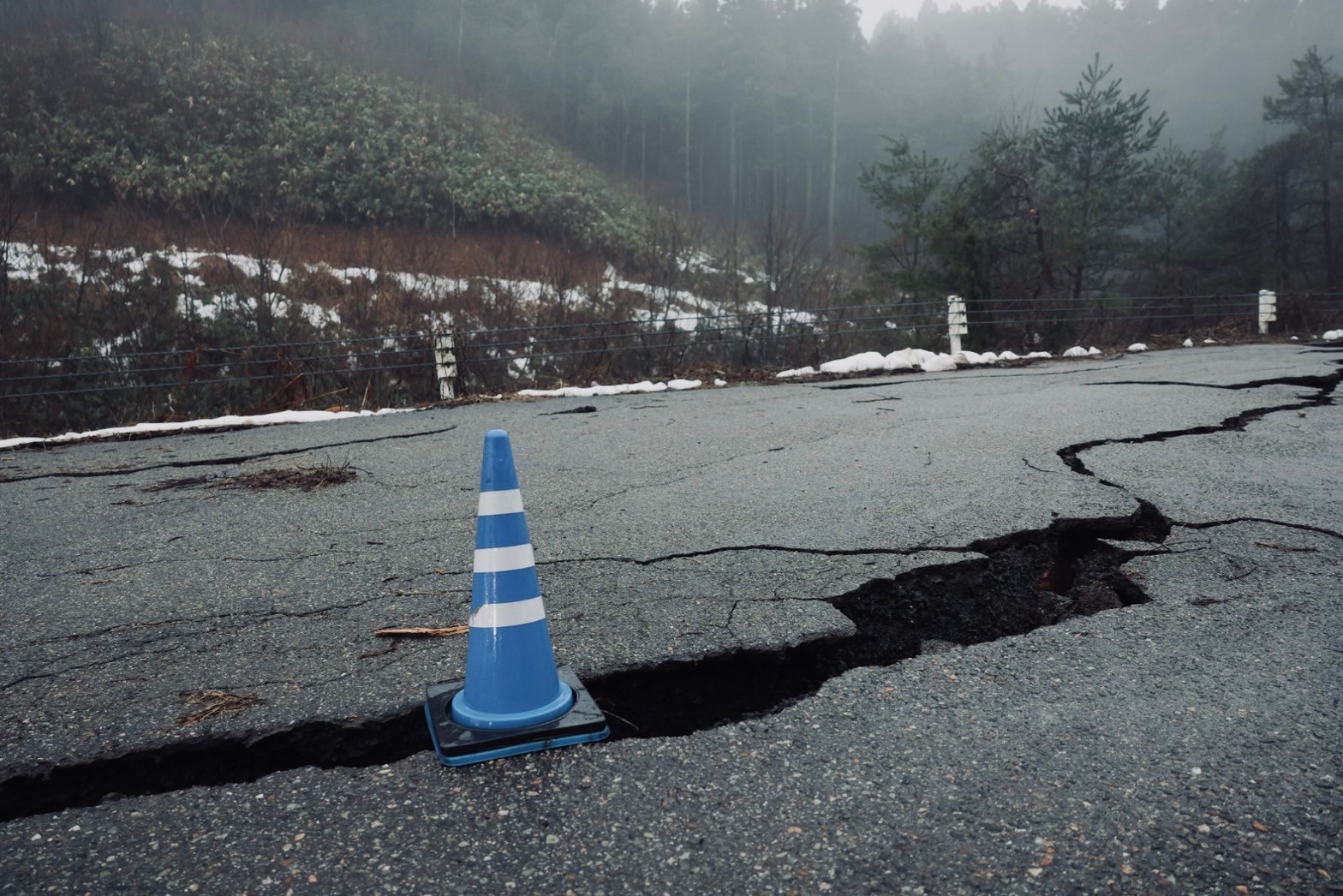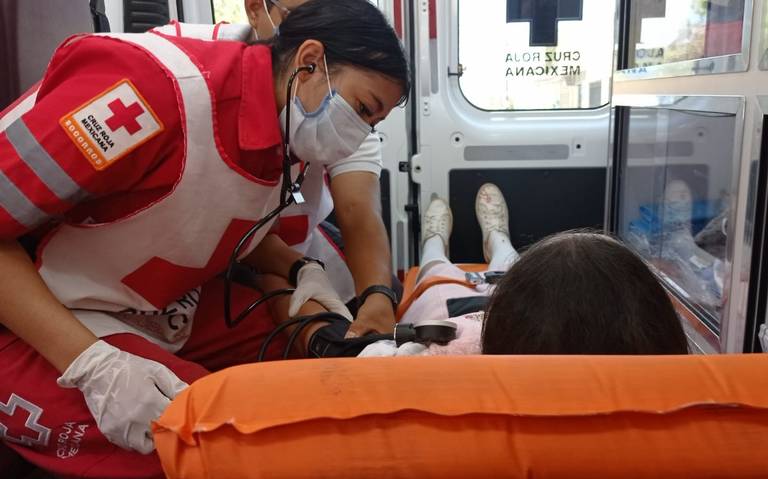Ready Before It Hits – How The American Red Cross Uses Anticipatory Action To Stay Ahead of Disasters
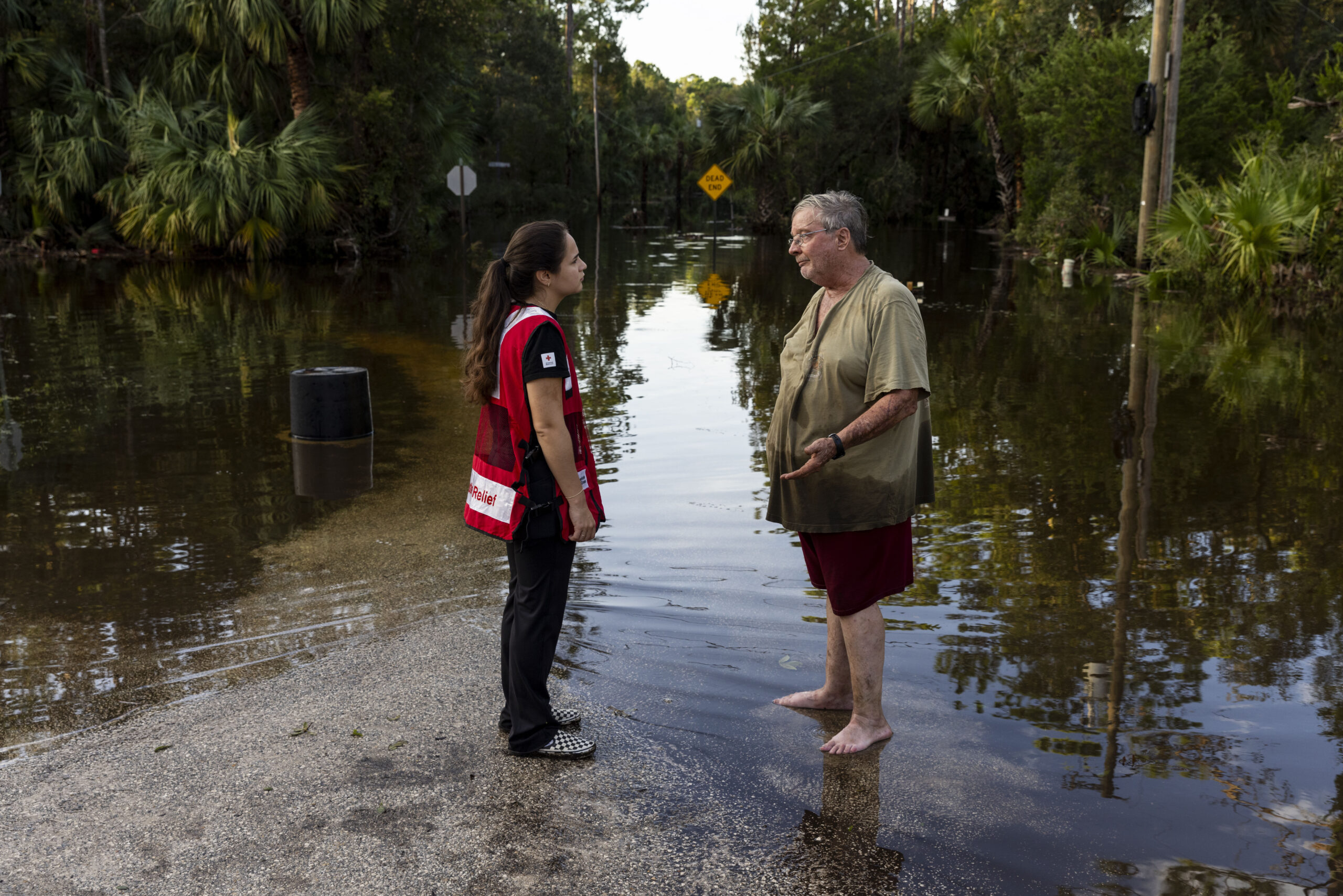
When most people think of "disaster relief," they picture what happens after a hurricane or wildfire—volunteers distributing blankets, setting up shelters, and ensuring people are safe and fed. But a significant part of the American Red Cross’ response actually begins well before disaster strikes.
This approach is called anticipatory action. And it’s not just a concept—it’s a real, funded operational strategy the American Red Cross uses to act early, based on forecasting, planning, and mobilization efforts that begin days ahead of an expected event.
A Hurricane Timeline In Action
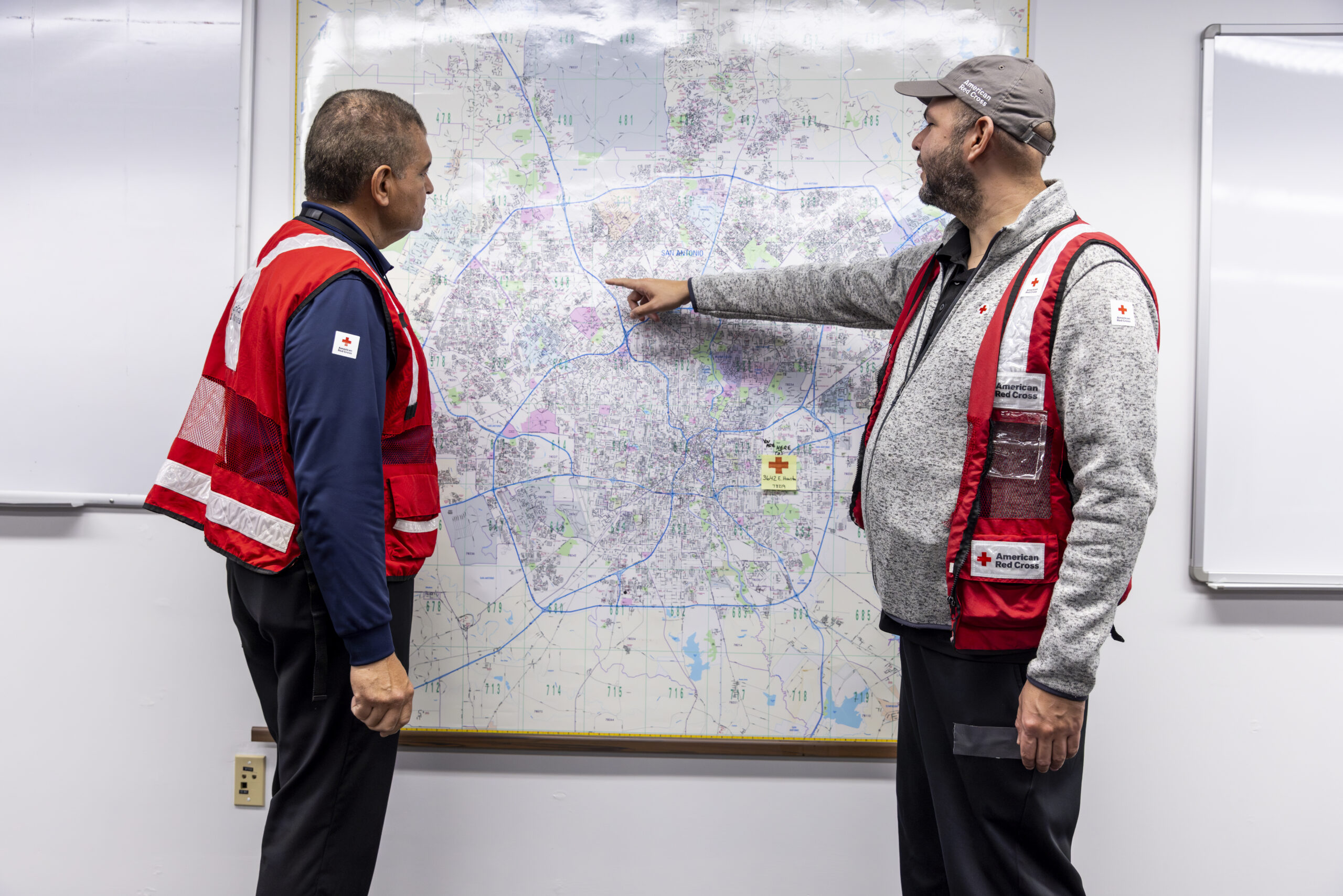
Here’s how it plays out. The DCS team follows a timeline that starts as early as 168 hours (seven days) before projected hurricane landfall—long before major media coverage typically begins.
At that point, the Situational Awareness and Decision Support (SADS) team begins monitoring the system closely. If models indicate a potential impact on a major population area, they notify senior leadership and begin activating logistics.
"Our national SADS team uses prediction models and information from weather partners combined with feedback we pass up from the local teams to get a good picture of when we need to start moving." – Division Disaster Director
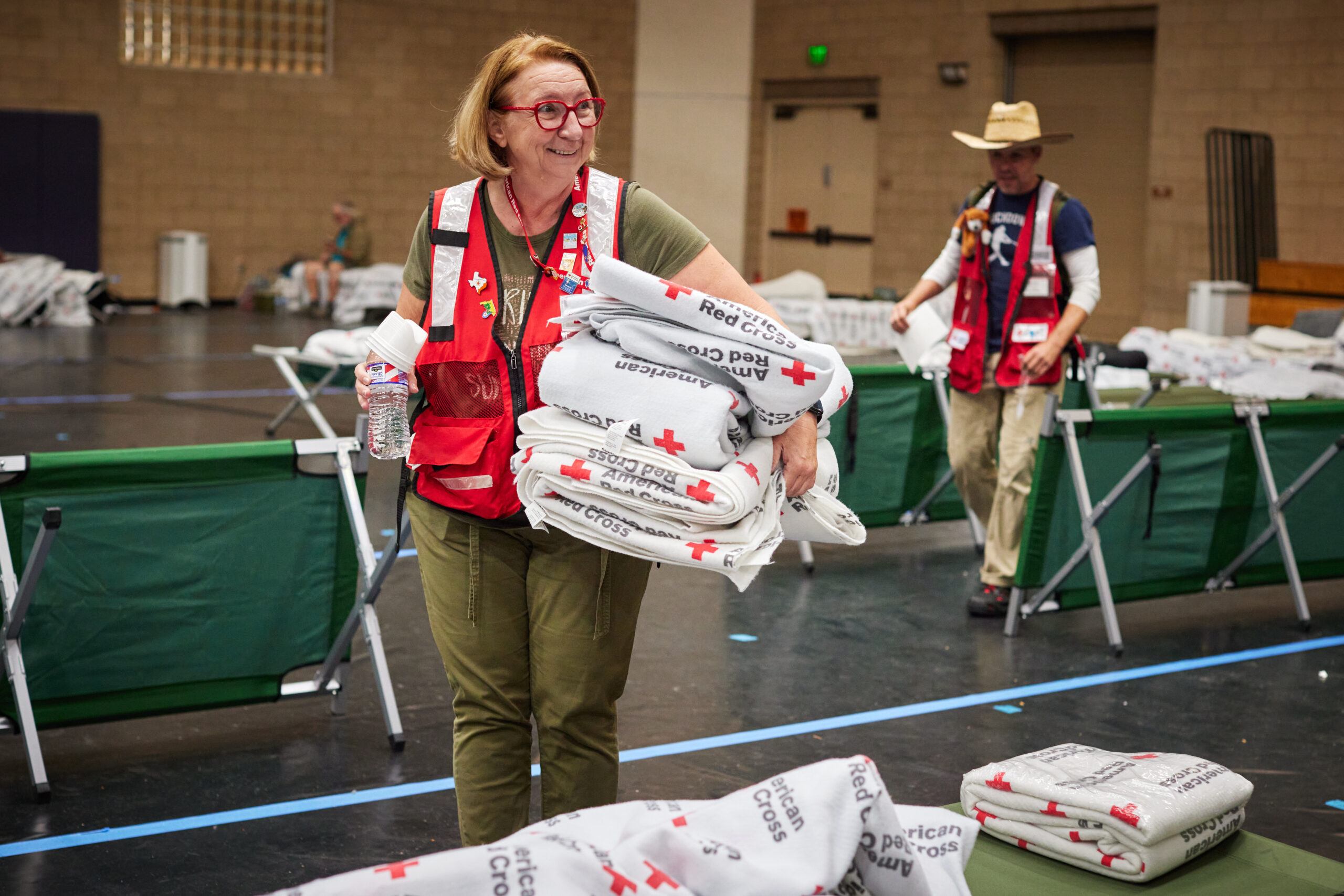
By 144 hours out, one of 21 predefined hurricane scenarios is selected based on projected intensity and location. This determines which resources to mobilize—shelter kits, trailers, staff, and supplies. Staffing requests go out, lodging is reserved, and federal and local partners are brought into the loop.
At 120 hours, operations are fully engaged. Shelters are opened or placed on standby, teams are deployed, and a Disaster Relief Operation (DRO) number is pulled to release emergency funds. This budget is part of the organization’s annual planning and allows for immediate expenditures before the storm hits.
There’s even a special placeholder fund—DR 222—used to pre-assign personnel expected to be deployed. It’s a proactive staffing tool to ensure readiness when activation becomes necessary.
"DR 222 is the readiness assignment. We assign people to 222 so that they are committed and not asked to deploy to anything else - basically on standby. Having people recruited and on a standby assignment can reduce the average time needed to arrive on a relief operation from 3 days to 1 day." – Volunteer Partner to Senior Director, Operational Readiness and Planning
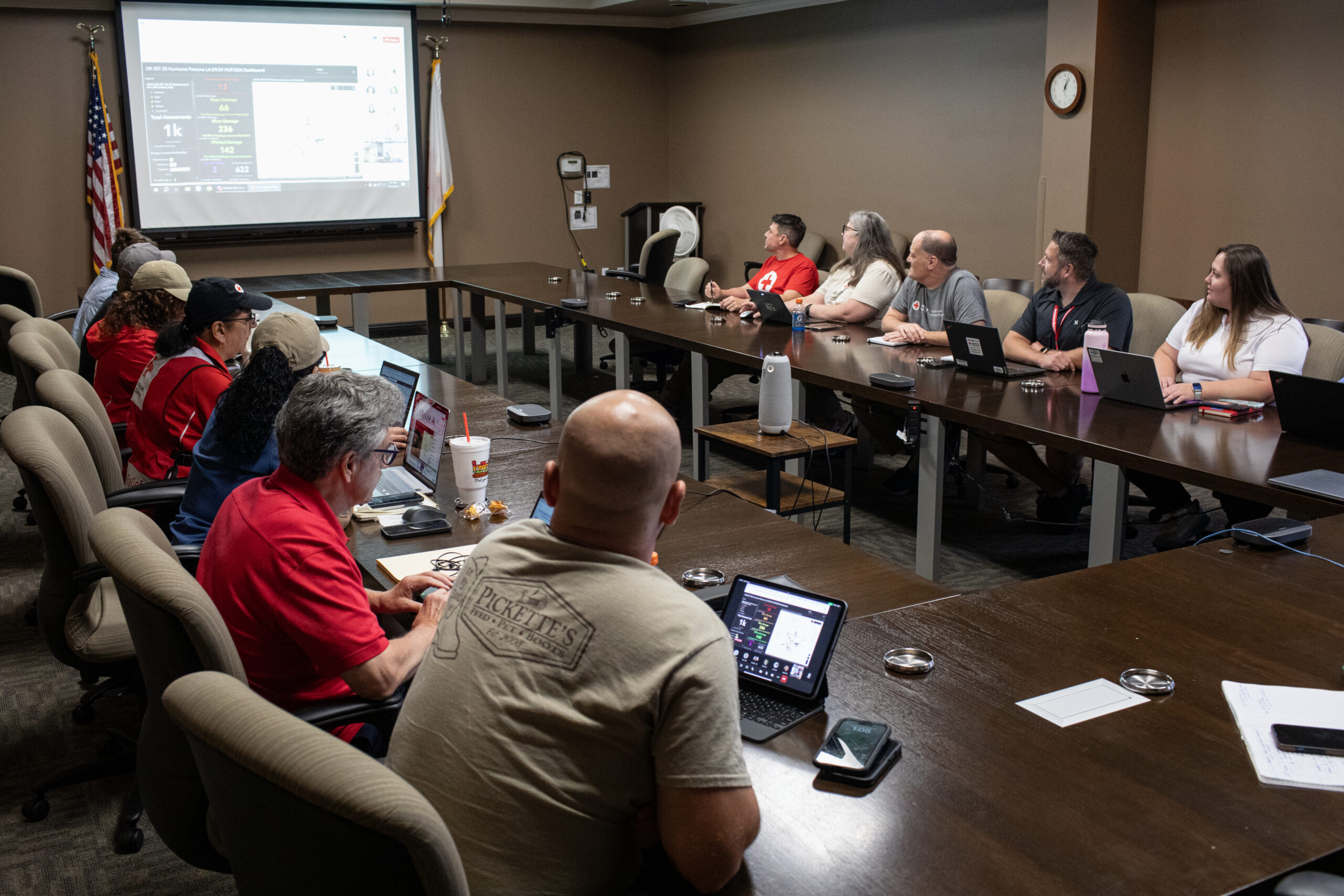
What The Funding Covers
Anticipatory response funding is a key part of the strategy. The American Red Cross budgets in two ways:
More Than Hurricanes
While hurricanes provide the clearest forecasting window, the American Red Cross is expanding anticipatory strategies to include wildfires. In states like California, where fire season is predictable, the organization is initiating season-long DROs—like DR 843 and DR 844 in 2024—to ensure resources are in place early.
Technology plays a supporting role. The Emergency App delivers alerts and preparedness checklists to at-risk residents, while programs like the Community Adaptation Program (CAP) collaborate with local groups to build community resilience months before a specific hazard is forecasted.
“Top-down approaches don’t work — meaningful action must be led at the local level. The Red Cross must work alongside trusted community leaders and organizations before disasters strike, to collaborate, co-design, and amplify solutions that are rooted in the needs and strengths of each specific community... We must operate with this phrase in mind: Nothing about a community without that community." – Senior Director, Community Disaster Risk Reduction
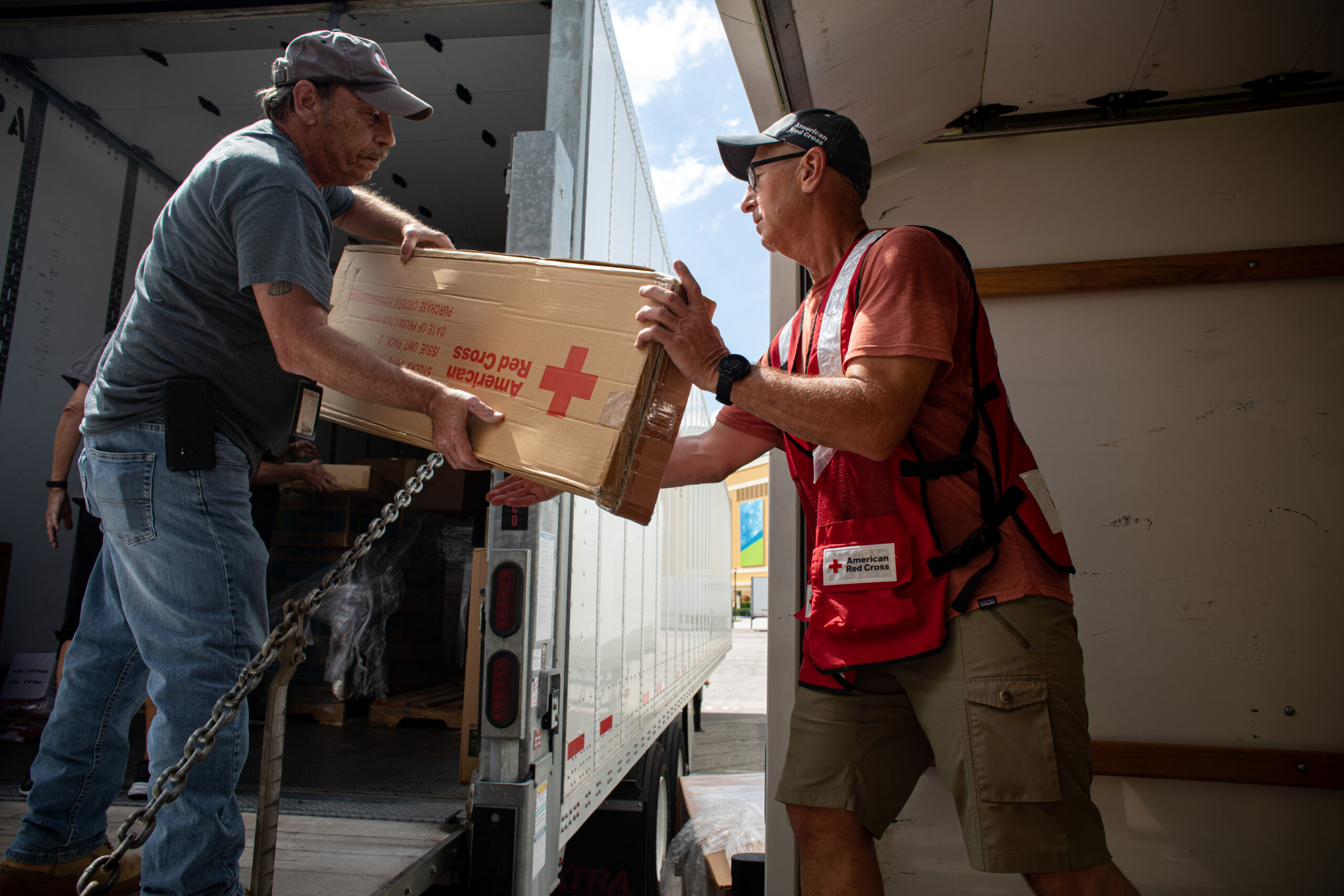
Who Makes It Happen?
Anticipatory action only works because of the people behind it.
At the national level, dedicated teams at American Red Cross headquarters track forecasts and risk models around the clock, particularly during hurricane and wildfire seasons. Their job is to interpret data and initiate early response protocols.
Meanwhile, disaster logistics experts orchestrate the movement of shelters, trailers, and relief kits. They know what it takes to operate a shelter for 800 people and how fast they must act to make that happen before impact.
Regional leaders are critical too. They're in close contact with local emergency managers and communities, often providing the first signal to activate a DRO. They help determine shelter locations, deployment priorities, and emerging needs from the field.
And at the heart of it all: volunteers. These trained responders—many long-time American Red Cross members—are pre-assigned, often through DR 222, and ready to deploy days before a storm arrives.
“Our work is possible because of our incredible volunteers. Every call for disaster responders means that volunteers put their own lives on pause to support an affected community, regardless of whether or not they end up deploying.” – Regional Disaster Program Manager

